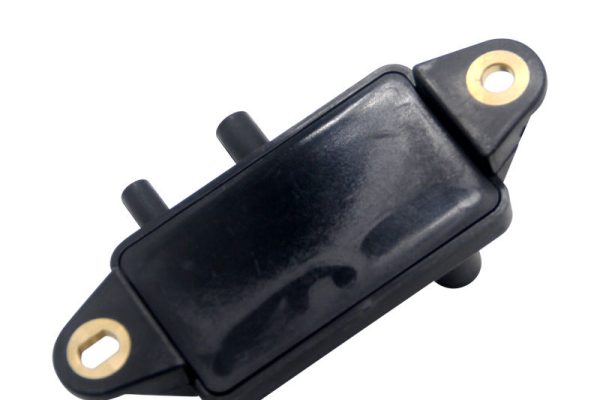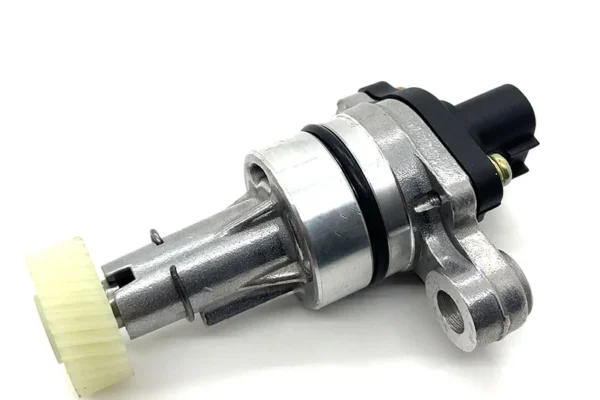Introduction
The fuel pressure sensor plays a critical role in modern fuel system management. It measures the pressure within the fuel rail and sends signals to the engine control unit (ECU), ensuring the right fuel-air mixture for optimal performance. When the fuel pressure sensor fails, it can lead to inefficient combustion, poor fuel economy, and even engine stalling.
For B2B buyers, such as automotive parts distributors, repair centers, and OEM suppliers, understanding the root causes of sensor failure is essential. Proper knowledge not only supports accurate diagnostics but also guides inventory planning, aftermarket support, and product quality evaluation.
1. Contaminated Fuel or Debris in the System
One of the most common causes of fuel pressure sensor failure is contamination. Impurities in the fuel system—such as dirt, metal particles, or fuel additives—can block the fuel lines or reach the sensor, leading to inaccurate readings or total sensor damage.
Inconsistent fuel quality or improper filtration can increase the risk of contamination. For aftermarket parts suppliers, promoting fuel system maintenance and offering compatible filters alongside fuel pressure sensors can reduce warranty claims and enhance customer trust.
Regular system cleaning and replacement of fuel filters can help prevent premature sensor failure, ensuring stable performance across vehicle fleets and industrial equipment. For vehicles with specific system designs, contamination can have different effects on sensor reliability.
For example, many distributors report that a Fuel Pressure Sensor For Nissan models often faces performance issues when low-quality fuel or improper filtration is involved, highlighting the importance of selecting reliable OEM-quality parts.
2. Excessive Heat Exposure
Prolonged exposure to high temperatures can degrade the internal circuitry and sealing components of a fuel pressure sensor. The engine compartment generates significant heat during operation, and without proper heat shielding or ventilation, the sensor’s sensitive electronic elements may deteriorate.
For manufacturers and distributors, choosing sensors built with heat-resistant materials can greatly improve durability and reduce failure rates. In the B2B market, highlighting thermal resistance in product training and after-sales support helps customers better understand long-term value and reliability.
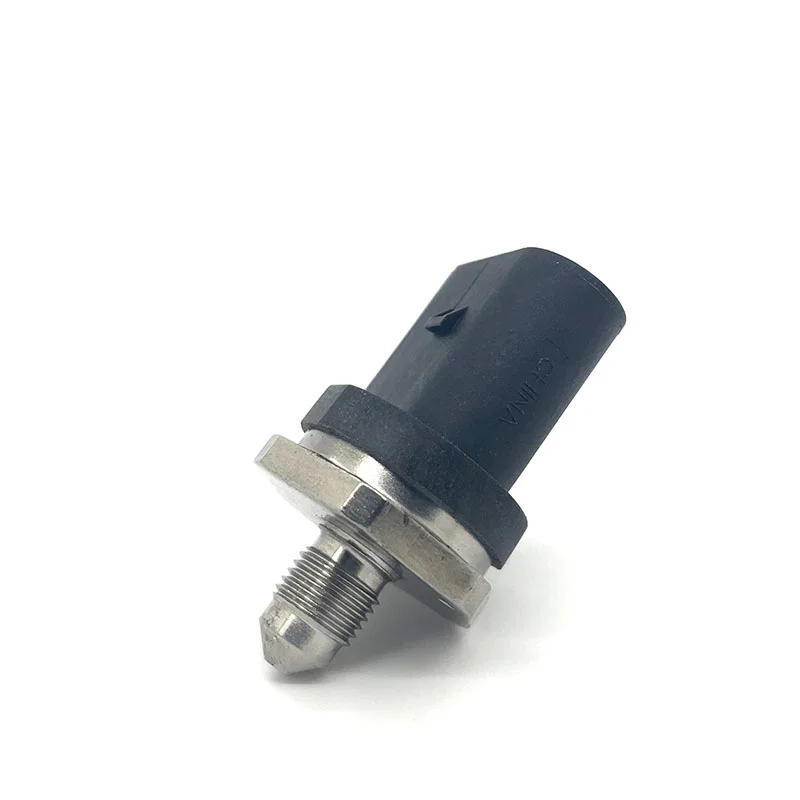
3. Electrical Connection Failures
Another key factor in sensor malfunction is poor electrical connectivity. Loose connectors, corroded terminals, or damaged wiring harnesses can interrupt the voltage signal between the sensor and the ECU. When communication breaks down, the ECU receives incorrect fuel pressure data, causing engine misfires or power loss.
Electrical connection issues often occur in older vehicles or heavy-duty applications that experience vibration and harsh operating conditions. For distributors and workshops, maintaining an inventory of compatible connectors and wiring accessories is a strategic advantage, enabling complete repair solutions rather than just component replacement.
4. Fuel System Overpressure or Mechanical Damage
Mechanical stress on the fuel system can also lead to sensor failure. Excessive fuel pressure, often caused by a faulty fuel regulator or pump, can strain the sensor diaphragm. Repeated exposure to overpressure conditions can permanently alter the sensor’s calibration or even rupture internal components.
Mechanical impact during installation or maintenance is another overlooked cause. Improper tightening or using the wrong tools can crack the sensor housing or damage the connector pins.
Educating installation teams and end users about correct handling procedures ensures fewer product returns and greater satisfaction in B2B supply chains. This is especially relevant for manufacturers and wholesalers dealing with different vehicle platforms.
For example, a Fuel Pressure Sensor For Ford applications must withstand variations in pressure and installation conditions, making proper handling and testing procedures essential to maintain performance consistency.
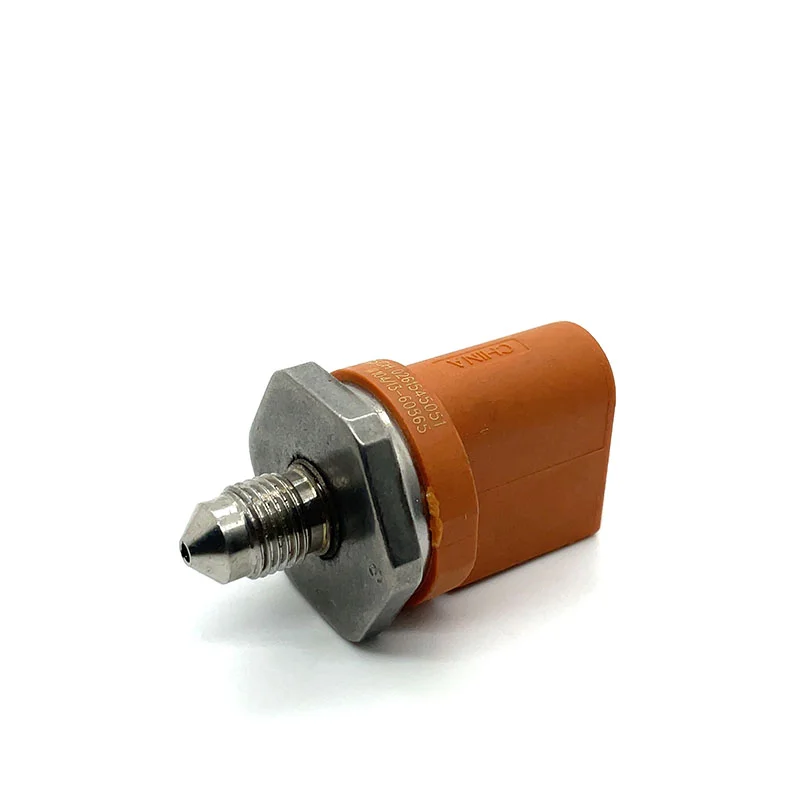
5. Moisture and Corrosion
Moisture intrusion is a significant threat to electronic components. In humid or corrosive environments, water vapor can penetrate the sensor housing and cause short circuits or rust formation. Once corrosion occurs, signal accuracy deteriorates rapidly.
For long-term B2B partnerships, offering sensors with improved sealing technology and corrosion-resistant materials can distinguish suppliers in a competitive marketplace. Reliable packaging and moisture-proof storage conditions during shipping are also essential parts of quality control.
6. Poor Manufacturing Quality or Material Fatigue
Although many sensor failures are due to external factors, internal defects from production or material fatigue over time can also contribute. Substandard assembly, weak solder joints, or low-grade materials reduce sensor lifespan.
B2B buyers and automotive importers should work closely with trusted manufacturers that follow strict quality management systems. Periodic supplier evaluation and incoming quality inspection help prevent the circulation of unreliable products.
For example, companies with integrated design, production, and after-sales support can maintain consistent quality standards and provide faster technical assistance when failures occur.
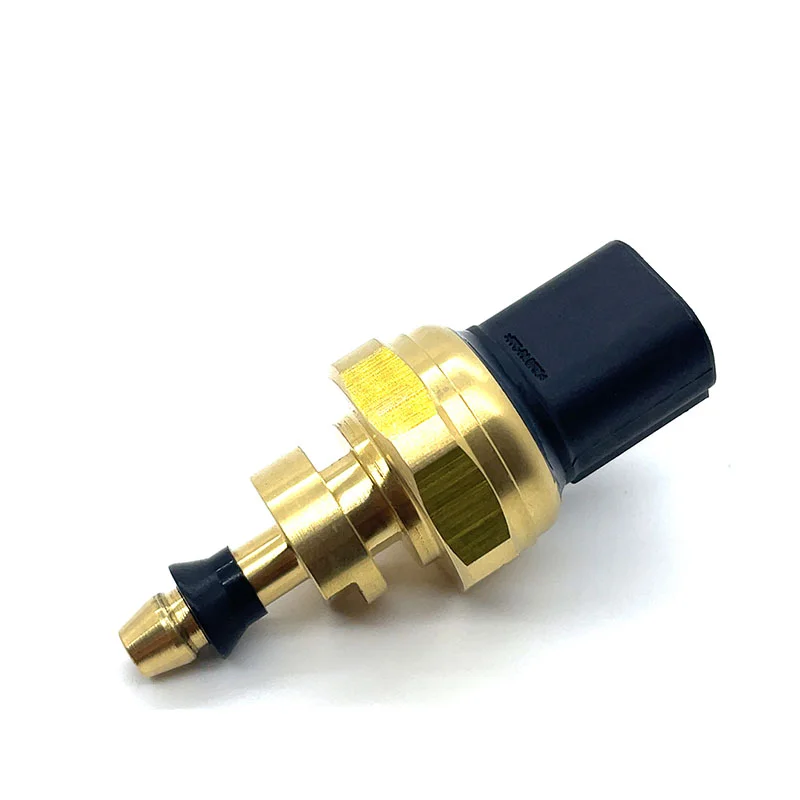
7. Software or Calibration Issues
Sometimes, the sensor itself is functional, but the ECU misinterprets its signals due to outdated software or incorrect calibration. Modern fuel systems rely heavily on digital communication between multiple sensors. Even minor mismatches in calibration can cause the system to detect false errors.
To address this, B2B clients should ensure that compatible calibration procedures and ECU software updates accompany sensor replacements. Technical documentation and service training add value to the customer experience and minimize diagnostic downtime.
Conclusion
Fuel pressure sensor failure can stem from multiple sources—contamination, heat, electrical faults, overpressure, moisture, or internal wear. For B2B buyers in the auto parts industry, understanding these causes enables smarter purchasing decisions, reduced warranty rates, and improved after-sales service.
Partnering with a supplier that integrates industry expertise, trade capability, design, production, and after-sales support ensures a consistent and reliable supply of high-quality fuel system components.
With over ten years in the auto parts sector, Zhenhua has continuously served the global automotive market by offering a comprehensive range of engine system and fuel system parts. Most products are in stock and can be shipped within one day, meeting diverse customer needs—from accessories for vehicles over ten years old to parts for the newest models—without a minimum order requirement.
Building long-term cooperation based on trust, quality, and responsiveness remains the foundation for sustained success in the competitive automotive parts industry.



